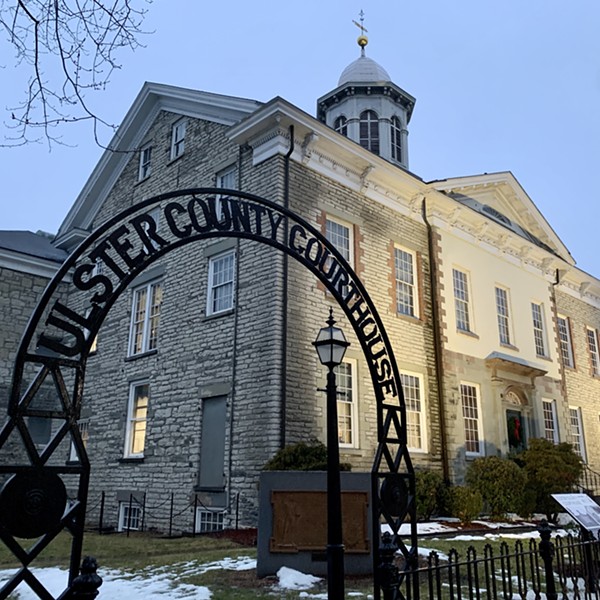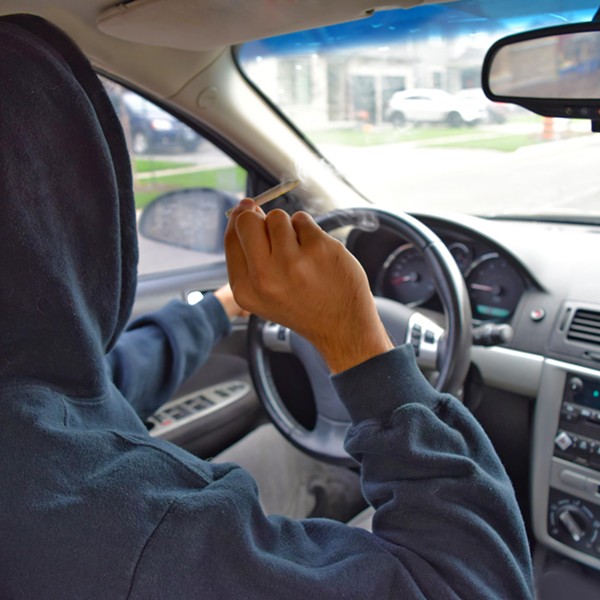As the Criminal Justice Circle at Rise Up Kingston (RUK) prepares for its second Defund Action Day—this Saturday, December 11, from 10am to 5pm—we are providing accurate information about the Defund the Police movement and our efforts in this community.
Very simply, Defund the Police means redirecting funds away from the police department to other agencies funded by our local municipality, to forms of public safety and community support that do not involve law enforcement, including social services, youth services, housing, education, health care, and other community resources.
The goal is to increase public safety for all community members, and in doing so to reimagine public safety by employing strategies that address the root causes of mental health issues, substance use, and criminality, to name a few.
As was noted in a March 16, 2021 opinion piece by The Washington Post Editorial Board, in this country we rely too much on the police.
From the proverbial cat stuck in a tree to an armed hostage crisis, police are the first port of call for a dizzying array of dilemmas. In the words of a former Dallas police chief, “Every societal failure, we put it off on the cops to solve. Not enough mental health funding, let the cops handle it. … Here in Dallas we got a loose dog problem; let’s have the cops chase loose dogs. Schools fail, let’s give it to the cops. … That’s too much to ask. Policing was never meant to solve all those problems.”
Over-reliance on police is preventing us from imagining and investing in other public safety tools—ones that could revitalize the struggling neighborhoods that experience the most crime.
We should think about public safety the way we think about public health. No one would suggest that hospitals alone can keep a population healthy, no matter how well run they might be. A healthy community needs neighborhood clinics, health education, parks, environments free of toxins, government policies that protect the public during health emergencies, and so much more. Health isn’t just about hospitals; safety isn’t just about police.
In response to the November Defund Action Day, there were people in the Kingston community who reacted as if RUK members and volunteers were issuing a single demand, completely ignoring the fact that the call to Invest in Communities is prominent on the RUK website and all literature.
This isn’t about abolishing the Kingston Police Department and then going out for brunch. This is about uplifting the community.
Fearmongering about the purported chaos that would result if funding were reallocated from our local police department to other public safety initiatives is not constructive. Neither is promoting violence by setting fire to a RUK Defund the Police door hanger, photographing it, and posting it on social media.
What is constructive is understanding that there are many ways forward, examples of which are being demonstrated on the ground and through research, that should inform the Defund initiative in Kingston.
Seven years before the Defund movement launched, the city of Camden, in New Jersey, dissolved its police force due to rampant corruption and reconstituted as the Camden County Police Department. Before this, Camden was often cited as one of the most violent cities in the country and had more than 170 open-air drug markets. Looking to reduce violent crime and make residents feel safer, officer training now includes de-escalation tactics and anti-bias programs, and the department has established a clear use-of-force policy. By the summer of 2020, violent crime had dropped 42 percent.
Nyeema Watson, a lifelong Camden resident and the associate chancellor for civic engagement at Rutgers University, thinks the restructuring has had a largely positive impact. Officers are more visible now, and they’re building trust and welcoming feedback. There are those in Camden who think, despite the revamp, that more needs to be done by the department. And Watson notes, “We can’t police our way out of social issues, unemployment, disproportionate health issues, economic challenges—these are things that drive crime.”
According to the Brookings Institution, “[o]ne consistent finding in the social science literature is that if we really want to reduce crime, education equity and the establishment of a work infrastructure is the best approach. A study using 60 years of data found that an increase in funding for police did not significantly relate to a decrease in crime.”
A report issued by the John Jay College of Criminal Justice Research and Evaluation Center identified seven evidence-backed strategies to reduce violence without police: Improve the Physical Environment, Strengthen Anti-Violence Social Norms and Peer Relationships, Engage and Support Youth, Reduce Substance Abuse, Mitigate Financial Stress, Reduce the Harmful Effects of the Justice Process, and Confront the Gun Problem.
The underlying theme in each of these examples is that a supported and supportive community will result in a safe community.
Public safety is a priority for every individual who lives and works in Kingston. We can achieve that by prioritizing public health and social support over surveillance and enforcement because the latter is unsustainable and, frankly, downright detrimental to many who live in our community.
At some point, due to the implementation of strategies that effectively eliminate crime, police departments may become unnecessary and, consequently, abolished. This isn’t something that will happen anytime soon, if ever, so abolishing the police isn’t the immediate objective of the Defund Action Days. We want to educate people about the movement. We want to debunk the myths. We want to advocate for change that will benefit us all.
The River is a nonpartisan news organization, and the opinions of columnists and editorial writers do not necessarily reflect the opinions of the newsroom.

















